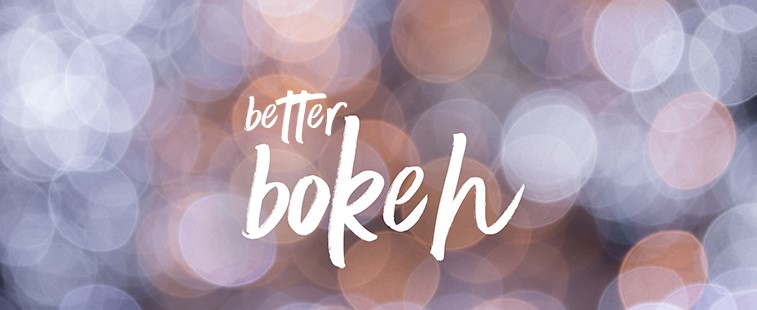
Bokeh is the beautiful effect our lens can have on our background,
enhancing our pictures and making our images pop. It’s created with
out of focus points of light in your scene. A lens with lower f-stops
and longer focal lengths will render better bokeh because this
creates a shallow depth of field.
To start, set
your camera to AV or Aperture Priority mode. This setting lets
you choose the aperture and automatically sets the shutter speed for
you.
Set it to the smallest number your lens will allow.
Use your camera’s
exposure compensation if it has that feature (usually marked with -/+
symbol on your camera), to tweak the exposure if you need
to in order
to illuminate your subject correctly.
Choose the right
background. A plain background won’t make good bokeh because
there's not enough going on visually. Look for background elements
like lights, textures and patterns. Lights from buildings and street
lights or light reflecting on water creates gorgeous bokeh effects.
Try using the
foreground instead. Some photographers use lights in front of
their subject to create foreground bokeh. Look for appealing lights
and
patterns to place in front of your subject. With lower f-stops
(wide apertures), you get a shallow depth of field in both the
background and foreground.
Once you focus on your subject, everything
in front and behind it will be blurry.
Lights reflecting on
surfaces such as windows create good foreground bokeh. Experiment
with different angles to avoid unwanted reflections.
Make sure there is
sufficient distance between your subject and the foreground or
background. The bokeh effect will be better the further the object
you’re photographing is from the backdrop, so try to be a few
metres away from the background at least to get the best effect.
Practise with
different focal lengths, and different distances. Experiment with
your f-stops to see how they affect the effect!